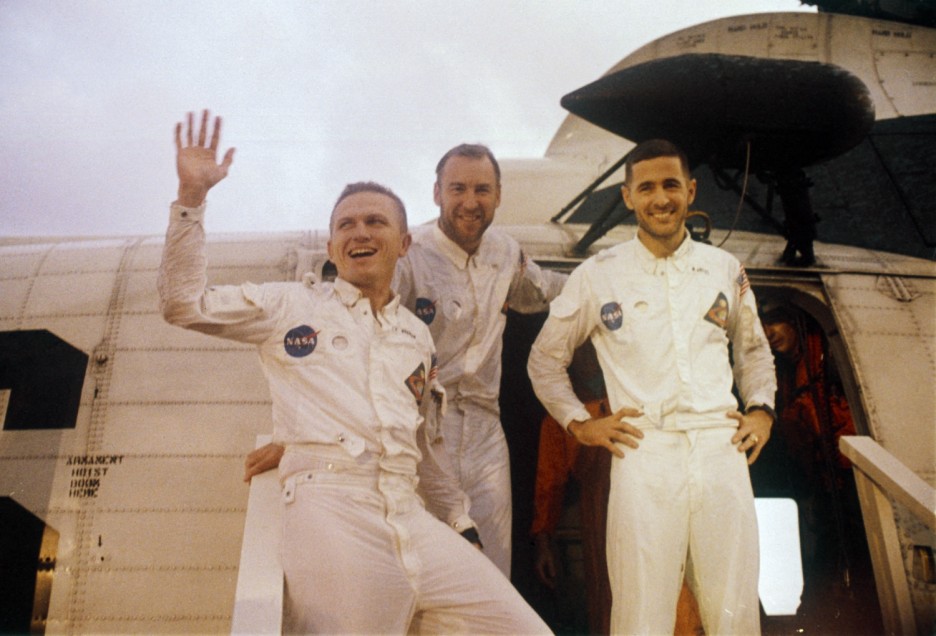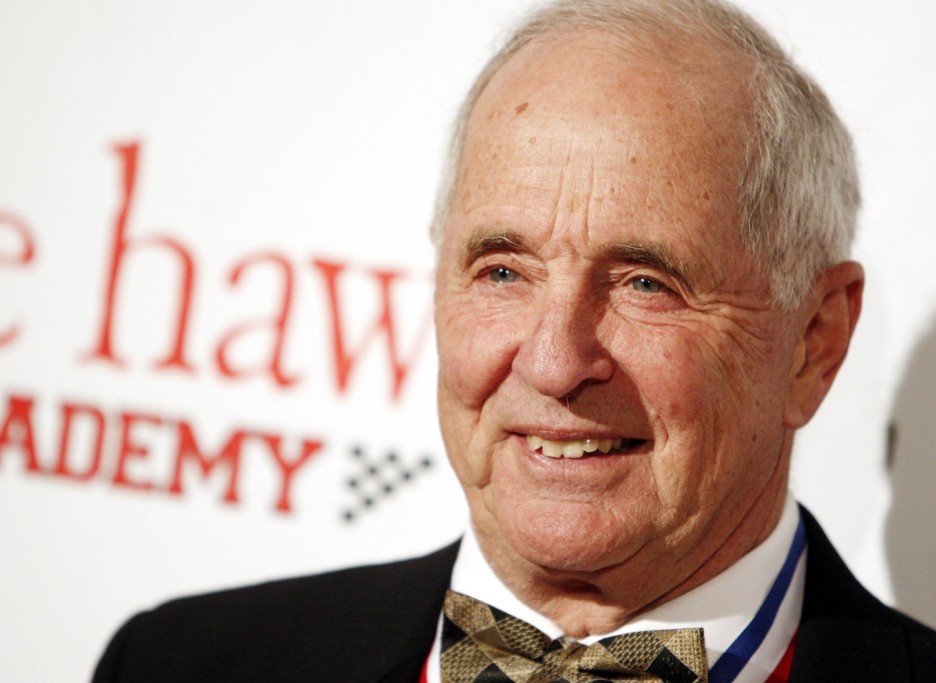Apollo 8 Astronaut William Anders Killed In Plane Crash; Video Shows Moment Plane He Was Piloting Plummets Into Water

Former Apollo 8 astronaut William "Bill" Anders has died after the plane he was flying crashed in the waters off the San Juan Islands in Washington state Friday. He was 90.
In a statement to CNN, Anders' son, retired Air Force Lt. Col. Greg Anders, confirmed that his father died "in an aircraft incident in the San Juan Islands" Friday.
"The family is devastated and grieving the loss of a great pilot," Greg said of the retired NASA astronaut, who was known for taking the iconic "Earthrise" photo.
Read also: 9 Iconic Celebrities Who Died Last Week: Famous Actors, Comedians, Musicians Who Passed Away
Fox 13 Seattle obtained a video showing the moment the small plane plunged into the water from a witness named Philip Person.
In the jarring video, the plane could be seen plummeting at rapid speeds and skidding across the water before appearing to catch on fire.
Surrounded by a cloud of smoke, the plane then sank into the water.
The U.S. Coast Guard launched a search for the plane and Anders after receiving notice of the crash at around 11:40 a.m. Friday.
Anders' body was recovered by the Washington Department of Fish and Wildlife dive team after a four-and-a-half-hour search by multiple agencies, according to the Coast Guard.
Greg also confirmed to NBC affiliate KING 5 that his father's body was found Friday afternoon.

Anders was part of the 1968 Apollo 8 crew who became the first three people to circle the moon along with fellow astronauts Jim Lovell and mission commander Frank Borman.
Anders, who served as the lunar module pilot for the historic flight, captured the first color image of Earth from space on Dec. 24, 1968, during the mission.
Titled "Earthrise," the iconic photo showed Earth as a shadowed blue marble peeking out from beyond the moon's surface.
"We came all this way to explore the moon, and the most important thing is that we discovered the Earth," Anders said of the photo.
Nature photographer Galen Rowell dubbed the image "the most influential environmental photograph ever taken."

Tributes poured in for Anders after news of his death made headlines.
In a post on X, formerly Twitter, NASA administrator and former Sen. Bill Nelson said Anders "embodied the lessons and the purpose of exploration."
"He traveled to the threshold of the Moon and helped all of us see something else: ourselves," Nelson wrote.
Arizona Sen. Mark Kelly, who is also a retired NASA astronaut, credited Anders for inspiring him and "generations of astronauts and explorers."
"Bill Anders forever changed our perspective of our planet and ourselves with his famous Earthrise photo on Apollo 8," Kelly wrote on X. "My thoughts are with his family and friends."
In 1968, during Apollo 8, Bill Anders offered to humanity among the deepest of gifts an astronaut can give. He traveled to the threshold of the Moon and helped all of us see something else: ourselves. He embodied the lessons and the purpose of exploration. We will miss him. pic.twitter.com/wuCmfHpu3g
— Bill Nelson (@SenBillNelson) June 8, 2024
© 2025 Enstarz.com All rights reserved. Do not reproduce without permission.





